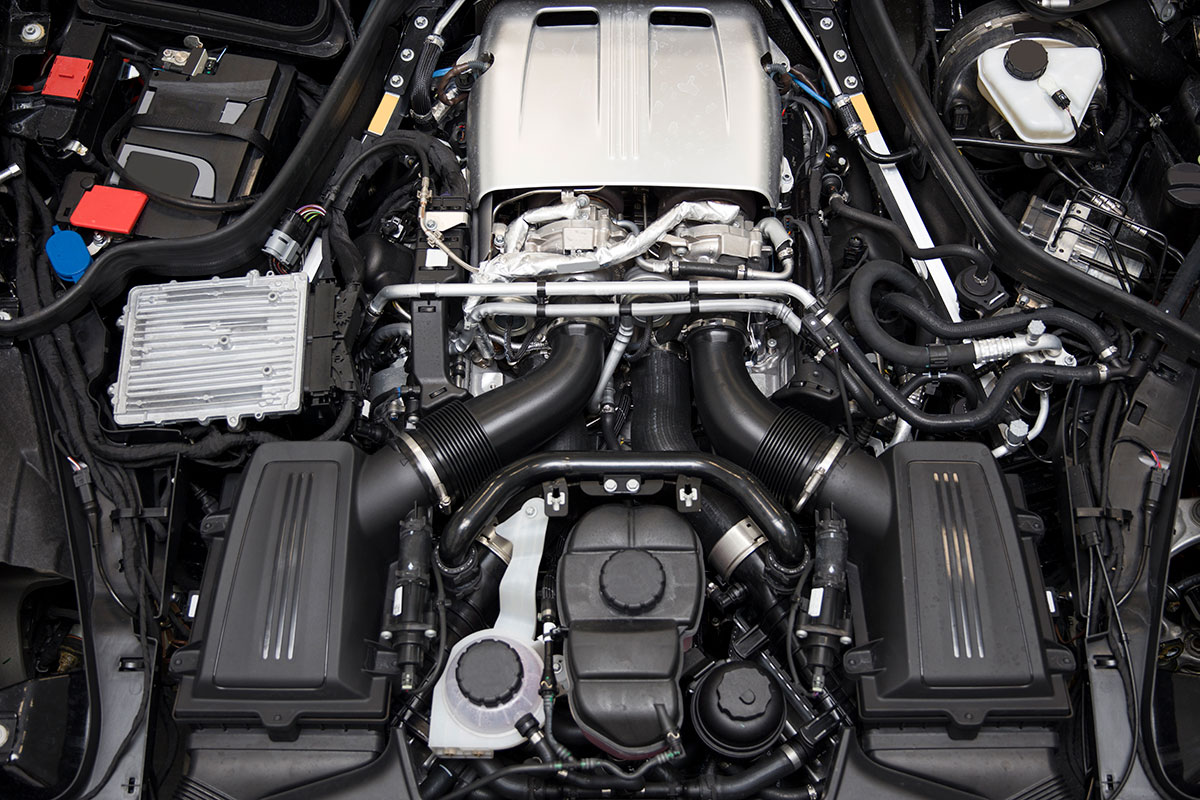When delving into the intricacies of your vehicle’s engine, numerous components are pivotal for maintaining peak performance and efficiency. Among these, the thermostat, despite often being overlooked, plays a crucial role in regulating the engine’s temperature. This article aims to shed light on the common query: “Where can I find my car’s thermostat?”
Understanding the Thermostat: Let’s start by grasping the thermostat’s function before pinpointing its location. This small yet indispensable device is responsible for regulating the engine’s operating temperature, ensuring swift warm-up and consistent optimal temperature during operation. Such regulation is pivotal for enhancing both performance and fuel efficiency.

Locating the Thermostat:
The thermostat’s location can differ based on your vehicle’s make, model, and engine type (e.g., inline, V-shaped, or boxer). Nonetheless, some general pointers can guide you:
Track the Upper Radiator Hose: Typically, the thermostat resides near the engine end of the upper radiator hose in most vehicles. This hose channels hot coolant from the engine to the radiator for cooling. The thermostat is usually housed within a metal or plastic casing where the upper radiator hose links to the engine.
Inspect Near the Water Pump: In certain engines, particularly those with a timing belt-driven water pump, you might find the thermostat close to the water pump. Though less frequent, it’s a location worth checking if it’s not along the upper radiator hose.
Refer to Your Vehicle’s Manual: For precise information on the thermostat’s location, always consult your vehicle’s owner’s manual. Manufacturers often furnish diagrams and guidelines to facilitate locating it.
Utilize Online Resources: If uncertainty persists regarding the thermostat’s whereabouts, numerous online forums, repair manuals, and instructional videos offer detailed guidance tailored to your vehicle model.
Recognizing the thermostat’s location is vital, especially when facing issues like overheating or suboptimal engine performance. Regular maintenance and timely thermostat replacements can optimize engine functioning, extend vehicle lifespan, and enhance fuel efficiency. Exercise caution and, if uncertain, seek advice from a professional mechanic.
